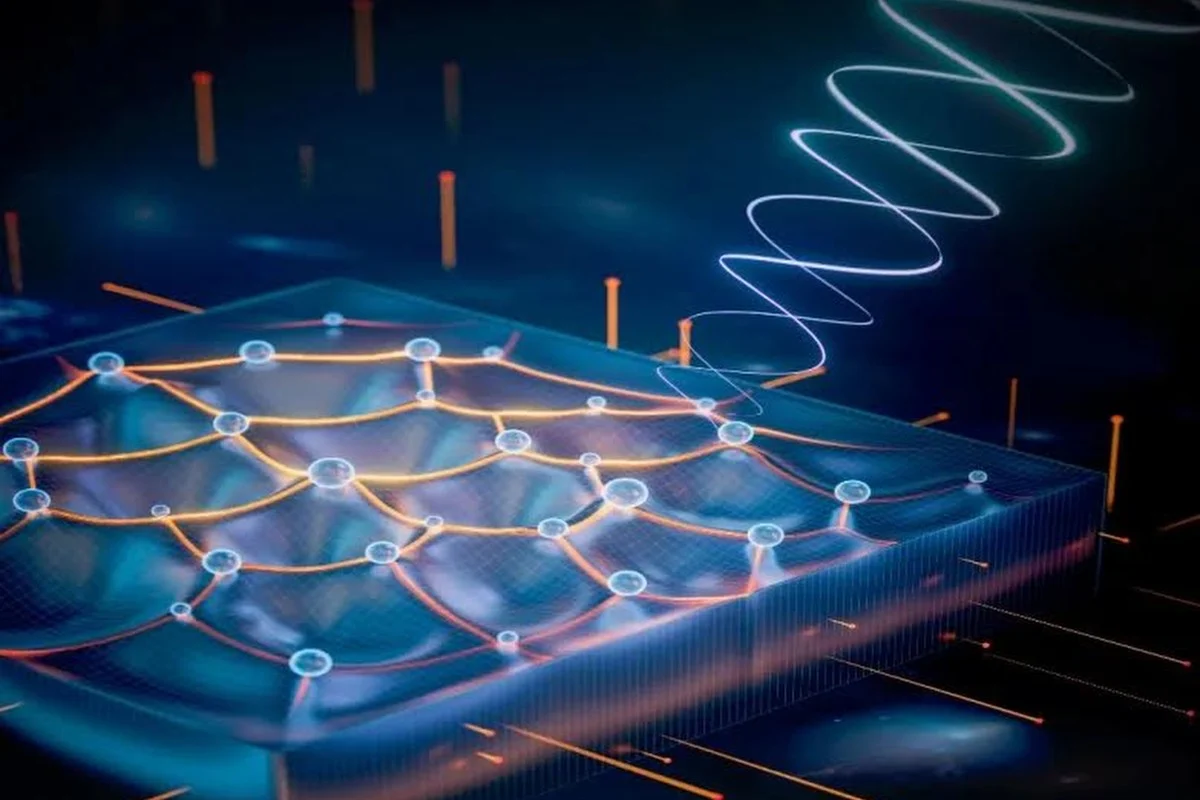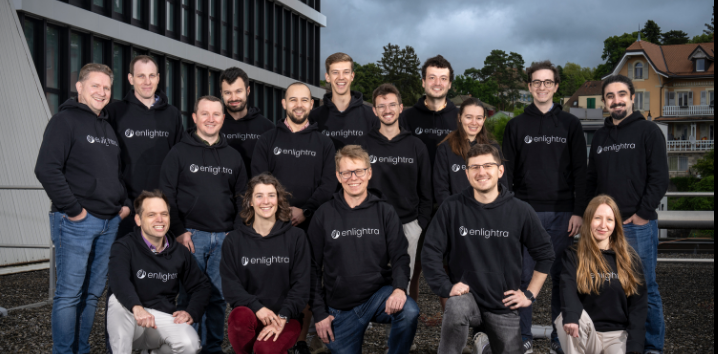Insider Brief
- An international team of researchers said they have the first experimental evidence that suggests the existence of gravitons.
- The discovery marks a significant step towards bridging the gap between quantum mechanics and general relativity, the South China Morning Post reports.
- The research, carried out by a collaboration between scientists from Nanjing University in eastern China, the United States and Germany.
- Image: SCMP/Handout
A research team led by Chinese scientists has provided the first experimental evidence hinting at the existence of gravitons, theoretical particles believed to mediate the force of gravity, according to the South China Morning Post (SCMP).
This discovery marks a significant step towards bridging the gap between quantum mechanics and general relativity, two pillars of modern physics that have remained largely incompatible.
The research, carried out by a collaboration between scientists from Nanjing University in eastern China, the United States, and Germany, involved placing a thin layer of semiconductor under extreme conditions. By cooling the semiconductor to near absolute zero and applying a magnetic field 100,000 times stronger than the Earth’s, the team managed to excite the semiconductor’s electrons to move in unison. This collective motion caused the electrons to spin in a manner consistent with predictions about gravitons, despite not confirming the particle’s direct existence.

“Our work has shown the first experimental substantiation of gravitons in condensed matter since the elusive particle was conceptualized in the 1930s,” Du Lingjie, the study’s lead author from Nanjing University, told state news agency Xinhua, as reported by SCMP.
This experiment, which was published in the journal Nature, opens new avenues for the search for gravitons in laboratory settings.
The graviton, if it exists, is theorized to be massless and capable of traveling at the speed of light, embodying the force of gravity. Yet, its direct observation has eluded scientists until now, if the team’s research holds up. The recent findings stem from an excitation phenomenon discovered in 2019 when Du was a postdoctoral researcher at Columbia University. This phenomenon led theoretical physicists to speculate about the potential detection of gravitons.
The experiment’s success was the result of an international effort. High-quality semiconductor samples were prepared by researchers at Princeton University, while the experiment itself was conducted in a unique facility built over three years by Du and his team. This facility enabled the team to work at temperatures of minus 273.1 degrees Celsius and capture particle excitations as weak as 10 gigahertz, determining their spin.
The use of a flat sheet of gallium arsenide semiconductor, subjected to these extreme conditions, exhibited a phenomenon known as the quantum Hall effect. This not only demonstrates the intricacies of conducting high-precision experiments but also the dedication and collaboration across borders to advance our understanding of the universe.
As the SCMP reported, there are many imokications. Confirming the existence of gravitons would not only validate a long-standing hypothesis but also offer new insights into the fundamental forces that govern our universe. The study represents a bridge between the macroscopic realm of general relativity and the microscopic world of quantum mechanics, and that could unravel many mysteries of modern physics that could lead to other advances.
However, work remains — and that work will not be trivial.


















